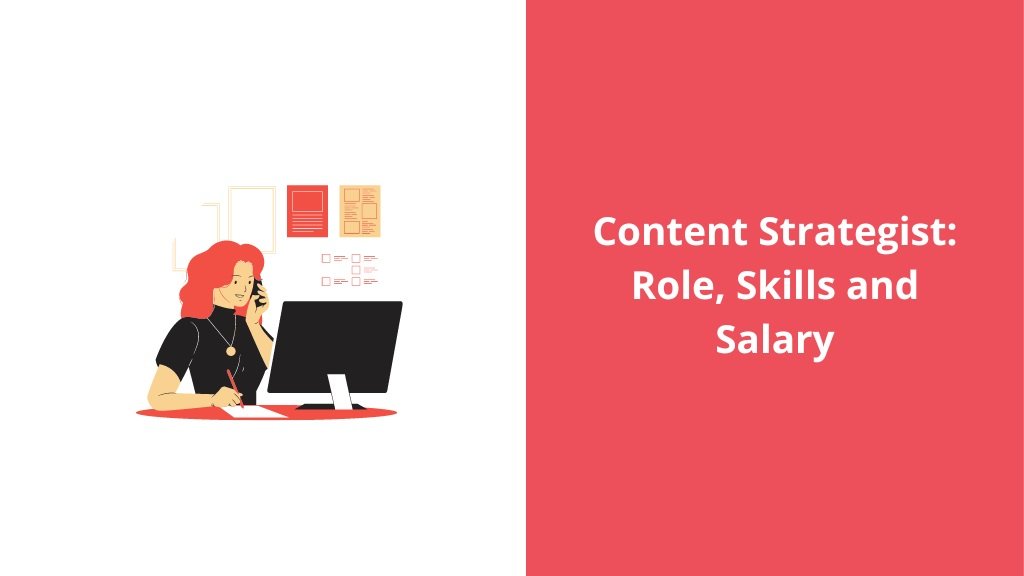Creating content that is both engaging for the target audience and optimized for search engines is a critical strategy for any sustained digital presence.
Here are comprehensive guidelines for content writers aiming to produce top-quality, SEO-friendly, AI-free, plagiarism-free, and human-generated content that has the potential to rank well on Google.
What does Google call it? EEAT Content (Experience, Expertise, Authoritativeness, and Trustworthiness).
How to create high-quality content that meets Google’s EEAT criteria?
Point 1: Make Content Informative and Original
For any given content title, first, go to Google and Search for the top-ranking content. Select the first 8-10 Content titles and see what points they have covered for a basic understanding of the content.
Now, what is your job as a professional content writer?
a. To create content that is not totally different from the first 10 search results but has extra points that those 8-10 first-ranking websites have not covered.
b. Add stats, facts, pointers, theories, terminology, frameworks, examples, case studies, real-life examples, news, etc. that competitors have not added.
In short, a professional content writer must add some originality to the content. But where will you find those extra pointers or original content additions that your competitors have not covered?
To find those extra points you can use the below Google search techniques:
How and where to get those points?
- Go to leaders in the content niche. For example, if you are writing for a branding company and your topic is inbound marketing tactics, the leaders are Hubspot, Neil Patel, Search Engine Journal, Backlinko, Optimizely, and Sales Force. See what they are writing, you will find first-hand content there. Another example: If you are writing on retail then taking content ideas, stats, and facts from journals like Retail Dive, Modern Retail, Dunnhumby will make your content qualitative.
- The second step is to search for topics in global publications and reputed research websites that write on almost every topic. Search for the topic on Forbes, McKinsey, Harvard Business Review, Hubspot, Business2Community, Gartner, Delloite, PWC, and such high-quality websites.
- Search for Journals that publish on those topics. Use Google Scholar and find any article published in the title. Journals have the latest and highly original content. Search and know the top publications for each niche by Google search. (For ex: top journals and publications in the IT field).
- If you are writing SaaS content or IT content, always search for services/solutions provided by top companies in the field. Also for every section add the relevant tools, frameworks, terminology, and theories if required. For instance, If you are writing on education software, you need to add relevant terms associated with it like blending learning, flip classrooms, MOOCs, or theories like Bloom’s Taxonomy that cover classroom learning outcomes. This way you are creating relevancy for your software content and its usage.
- You can always add real-life use cases. For instance, if you are writing about retail technology like ‘smart trolleys’ or ‘self-checkout systems’, always search for real-life retail stores where this is used and quote them. If you are writing about the use of augmented reality in hospitals, search for real-life hospitals where it is used.
- Search for the latest news, images, and videos on the topic for more ideas and different points than covered in the first 6-7 results on Google.
- Do not keep quoting Statista everywhere. Try to quote from the latest news articles, journals, and publications relevant to the field. For example, if you have to add data related to global warming, the data from the US Department of Energy or the UN Energy Department will be the most authentic one rather than Statista or any other private research. If you want to add hospital, disease, or patient data, the WHO website or the US Department of Health will be original sources. Also always refer to original sources, not from other blogs.
- TED Talks, Webinars by industry leaders, Interviews, and Podcasts can again be a source of adding insights to your content.
Remember, generic content is dead. Google is looking for high-quality, authentic, well-researched, and to-the-point content to serve its users. By using all the above search techniques you will collect original content. Now next step is to make it engaging.
Point 2: Make the Article Engaging
A. Suggest Content that can go as an image
For Instance:


B. Add Facts
For instance:
The Quick Commerce (Quick Commerce) Market in India is expected to experience substantial growth, with a compound annual growth rate (CAGR) of 63% from 2023 to 2030. BBnow, Swiggy Instamart, Zepto, and Blinkit are big players in this category. They started in the past two or three years.
C. Add Tables
For Instance:
| Type of App | Basic Version Hours: | Advanced Version Hours: | Basic Version Cost | Advanced Version Cost |
| Digital Wallet | ||||
| Trading App | ||||
| Neo Banking | ||||
| P2P Lending app | ||||
| Mobile banking app | ||||
| Cryptocurrency Wallet App | ||||
| Insurance App | ||||
| Robo Advisor App | ||||
| Investment App | ||||
| Payment App |
D. Add Graphs wherever required
For Instance:
See the two graphs below: Any stats you find online can be changed into graphs


E. Provide an analogy
For example, see below:
Have you ever thought about how the Eiffel Tower has withstood the harsh weather, loads, and lightning events for over 135 years? Its physical structure and architectural framework provide it stability and support. Similarly, mobile app development frameworks provide a stable foundation for building apps that can work flawlessly on multiple platforms, devices, OS, and third-party services. The frameworks ensure stability in user interactions, functionality, and performance.
Think of mobile app development frameworks as pre-built tools, packages, and code extensions that can be used to develop a mobile app rather than coding everything from scratch. The frameworks help developers code large applications faster by letting them reuse codes and design components.
In the rapidly evolving world of mobile app development, developers must stay updated with the latest frameworks. Whether you are looking for a top mobile app development framework for Android or iOS, this post will help you select the right framework for your needs.
This article lists the top 10 mobile app development frameworks in 2024. But before that, let’s understand these frameworks, their types, and their key features.
F. Add a Story/Anecdote to relate:
For example:
Most of you must have heard the story of David and Goliath, a 9 feet tall giant Philistine warrior –‘Goliath’ who was killed by a young Israelite shepherd boy –‘David’ in combat. David had only a slingshot as a weapon but was able to defeat Goliath because he stroked at the right place-Goliath’s forehead, his most vulnerable part.
The same is true with bugs and cyber threats. The irony is that I am referring to the ‘bugs’ as David and the whole IT system of an organization as ‘Goliath.’ A small malware or a loophole in the system can crash the entire system if the malware hits the right spot of vulnerability in the system. To safeguard our IT systems against this, we require an effective patch management system.
G. Add News Piece
For Instance:


H. Add real-life examples
See below, how a writer added the example of a real-life shooting incident that happened with Alec Baldwin while writing the content on employee safety at the workplace.

Point 3: Readability
Writing Style:
- Keep English simple.
- Keep Sentences Short
- Do not use the same words repetitively.
- Check for Readability Score keep above 25-30.
- However, for healthcare articles for medical purposes or highly technical articles, you can ignore readability.
Point 4: Making Content SEO-Friendly
- Give a Proper heading Structure to the Articles H1, H2, and H3.
- Use Keywords in H2 and H3
- Add external and internal links.
Best practices for Internal linking:
https://backlinko.com/hub/seo/internal-links
Best practices for External Linking:
https://blog.hubspot.com/blog/tabid/6307/bid/235/no-website-is-an-island-why-and-how-to-link-to-others.aspx
Point 5: Proof-Read Before You Submit
- Proofread: Check for Spelling, Grammar, Language Flow, Sentence Sequence, Headings, and CTAs.
- Check on Grammarly for Errors
- Check on Duplichecker for Plagiarism keep below 4%
Bottomline:
The guidelines in this article emphasize creating original, engaging, and SEO-friendly content while ensuring readability and accuracy. By following these comprehensive guidelines, content writers can create content that resonates with the audience, ranks well on search engines, and adds value to the digital landscape.




